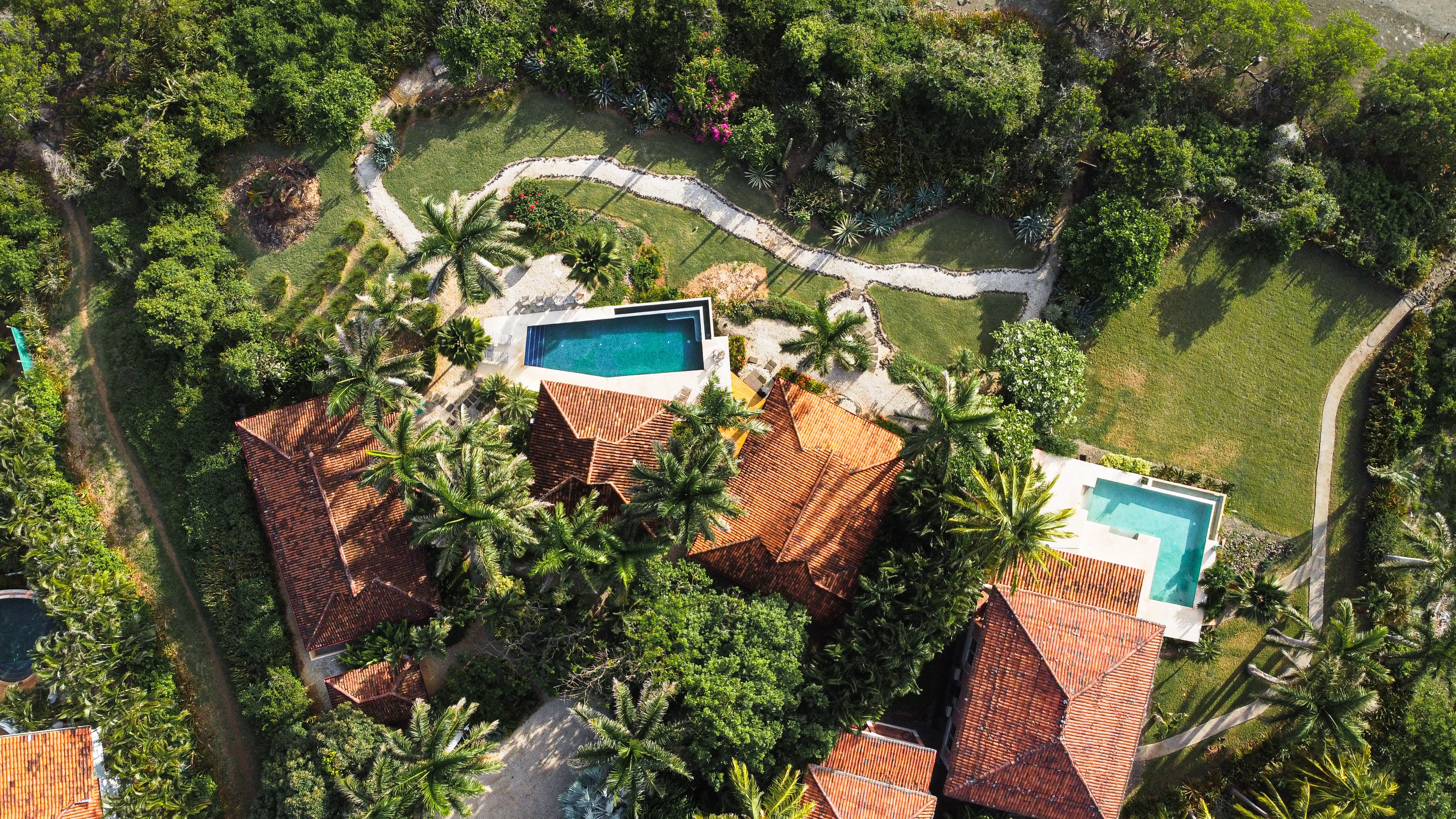What is the process for registering a trademark in multiple countries?
The process for registering a trademark in multiple countries can vary depending on the jurisdiction and the national laws applicable to a specific country. Generally, there are two ways in which an entity can register a trademark in multiple countries. This can be done through filing a national trademark application through the national trademark office of each country or by filing an international trademark application under the Madrid Protocol.
Under the first method, an applicant will need to file a trademark application in each country where protection is sought. The application must comply with the national laws and requirements of each jurisdiction, which can include specific filing requirements, deadlines, and fees. The process for obtaining a trademark registration in each country can be lengthy and complex, and it may require the assistance of a local attorney or trademark agent who has experience in that jurisdiction. It is important to note that trademark protection is territorial, meaning that the trademark is only protected in the country or region where it is registered in.
The second method, filing an international trademark application under the Madrid Protocol, allows an applicant to file a single application that potentially covers multiple countries. The international application must be based on an existing national application or registration and can be filed through the World Intellectual Property Organization (WIPO). This process can be simpler and more cost-effective than filing national applications in each country, but it can still be complex, and it may require the assistance of an experienced trademark attorney.
It is important to note that each jurisdiction has specific requirements and deadlines for trademark registration, and the process can vary based on the specific facts and circumstances of each case. It is recommended that an entity seeking to register a trademark in multiple countries consult with a licensed attorney who is knowledgeable in intellectual property law to ensure compliance with the relevant laws in each jurisdiction.
In terms of limitations or exceptions to the advice given, it is possible that certain countries may not be parties to the Madrid Protocol or may have specific requirements that differ from other jurisdictions. Furthermore, trademark protection may be limited by certain requirements, including non-use or non-renewal of the trademark. In such cases, it is important to seek further legal advice and take appropriate action.
In conclusion, the process for registering a trademark in multiple countries can be complex and require the assistance of an attorney or trademark agent with experience in intellectual property law. Applicants must comply with the specific laws and requirements of each jurisdiction and may need to consider filing an international trademark application under the Madrid Protocol. For further advice and assistance, it is recommended to consult with a licensed attorney who is knowledgeable in intellectual property law.
 By
By
